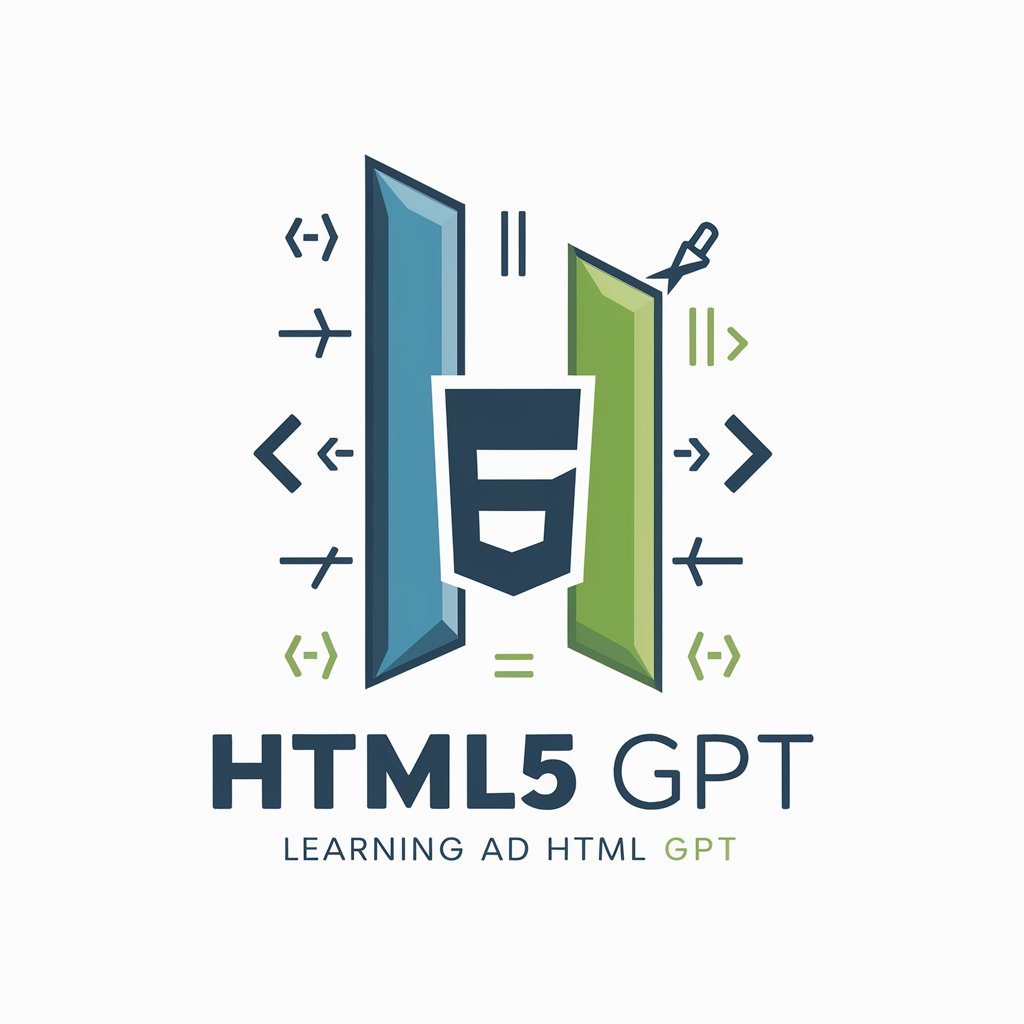
Cross Platform Browser Compatibility - Comprehensive Browser Compatibility

Hi there! Need help with browser compatibility? Let's make your site work everywhere!
Streamlining Web Compatibility with AI
How can I ensure my website looks good on both desktop and mobile browsers?
What are the best practices for fixing CSS issues across different browsers?
Can you help me troubleshoot a JavaScript error that's only happening in Safari?
What tools can I use to test my site's compatibility with various browsers?
Get Embed Code
Understanding Cross Platform Browser Compatibility
Cross Platform Browser Compatibility (CPBC) focuses on ensuring that web applications and sites function seamlessly across various browsers and devices. This involves identifying and addressing common issues like CSS rendering differences, JavaScript execution discrepancies, and HTML structure inconsistencies. A core aspect of CPBC is its emphasis on accessibility and usability, ensuring that content is accessible on devices ranging from desktop computers to mobile phones, regardless of the browser used. An illustrative example of CPBC in action involves a web developer designing a responsive website. The developer uses CPBC principles to ensure that the site's layout adjusts fluidly on devices with different screen sizes and resolutions, and that interactive elements work correctly across browsers like Chrome, Firefox, and Safari. This approach not only enhances user experience but also broadens the website's reach. Powered by ChatGPT-4o。

Key Functions of Cross Platform Browser Compatibility
Compatibility Testing
Example
Automated testing tools to identify and report compatibility issues.
Scenario
A developer uses these tools to test a new web application across multiple browsers and versions, pinpointing specific elements that fail or render incorrectly on certain platforms. This enables targeted adjustments to ensure a uniform user experience.
Code Standardization
Example
Guidelines and best practices for writing cross-compatible code.
Scenario
By following standardized coding practices, such as using web standards (HTML5, CSS3) and progressive enhancement techniques, developers can create more robust websites that work effectively across diverse browsers and devices, reducing the need for extensive modifications.
Responsive Design Implementation
Example
Frameworks and methodologies for creating flexible, responsive web designs.
Scenario
A design team employs responsive design principles using frameworks like Bootstrap or Foundation to ensure their website's layout and content dynamically adjust to fit the screens of tablets, smartphones, and desktops, maintaining functionality and aesthetic appeal.
Accessibility Enhancement
Example
Tools and strategies to improve website accessibility.
Scenario
Developers use accessibility guidelines (e.g., WCAG) and testing tools to make sure websites are usable by people with disabilities, including those using screen readers, ensuring compliance with legal requirements and expanding market reach.
Who Benefits from Cross Platform Browser Compatibility Services
Web Developers and Designers
Individuals and teams involved in creating and maintaining websites benefit significantly from CPBC. They gain insights into how to navigate browser inconsistencies, implement responsive designs, and ensure their sites are accessible, providing a seamless user experience across platforms.
Quality Assurance Professionals
QA professionals use CPBC services to perform thorough testing across browsers and devices, identifying issues that could impact user satisfaction and website integrity. This helps in maintaining a high standard of quality for web applications.
Product Managers and Digital Marketers
These individuals rely on CPBC to ensure their digital products and campaigns are effectively reaching and functioning for their intended audience, regardless of how they access the internet. Understanding compatibility helps in making informed decisions about product design and marketing strategies.

How to Use Cross Platform Browser Compatibility
Start Your Free Trial
Initiate your journey by visiting yeschat.ai, where you can access a free trial instantly without any requirement for login credentials or a ChatGPT Plus subscription.
Identify Compatibility Issues
Leverage the tool to scan your website or web application for compatibility issues across different browsers and platforms, ensuring you’re targeting the most relevant environments for your audience.
Analyze Recommendations
Review the detailed reports and recommendations provided by the tool to understand specific compatibility problems and their potential solutions.
Implement Fixes
Use the actionable guidance to modify your codebase or design, implementing the suggested fixes to enhance cross-platform browser compatibility.
Continuous Monitoring
Regularly utilize the tool to monitor your web projects for new compatibility issues, keeping your website or application up-to-date with the latest browser versions and standards.
Try other advanced and practical GPTs
Online Education Consultant
Elevate e-learning with AI-powered insights.

IA Real Estate Agent
Your AI-powered Real Estate Consultant

Code Tutor Pro
Your AI-powered Coding Coach

En Una Ciudad Cualquiera meaning?
Power Your Creativity with AI

Management Occupations Assistant
Empowering Leaders with AI Insight

Equity Analyst
Empowering your investment journey with AI.

SuperIcon Workplace Wizard
Empowering Your Work with AI

Idea Hacker 아이디어 해커
Unleash Creativity with AI-Powered Ideas

SuperIcon Fitness Mentoring
Empowering your fitness journey with AI

Ball Python Care
Empowering Reptile Enthusiasts with AI

QA Guru
Empowering Testing with AI Insight

Hair Loss Advisor
AI-powered Natural Hair Care Advisor

Detailed Q&A About Cross Platform Browser Compatibility
What exactly does Cross Platform Browser Compatibility do?
It's a tool designed to identify and resolve web compatibility issues, ensuring websites and applications perform consistently across different browsers and platforms.
Can it help with legacy browser support?
Yes, it provides specific insights and solutions for adapting modern web features to be compatible with legacy browsers, helping to extend the reach of web applications.
Does the tool offer real-time compatibility testing?
While it provides comprehensive reports on compatibility issues, real-time testing might depend on the specific functionalities you’re using within the tool.
Is there support for mobile browsers?
Absolutely, it covers a wide range of mobile browsers, offering detailed analysis and fixes for issues specific to mobile environments.
How often is the compatibility information updated?
The tool stays updated with the latest web development standards and browser updates, ensuring the advice and solutions are always relevant to current technology.





